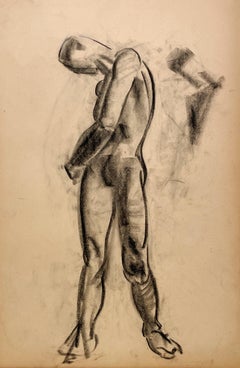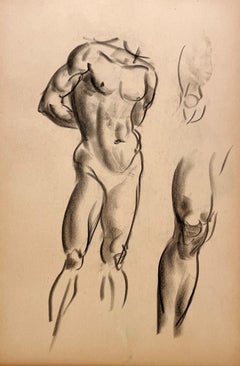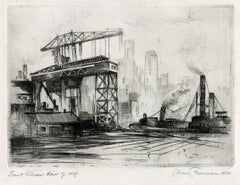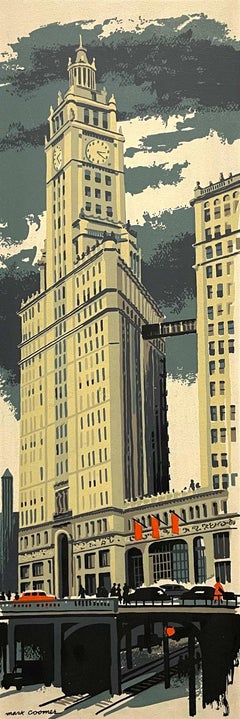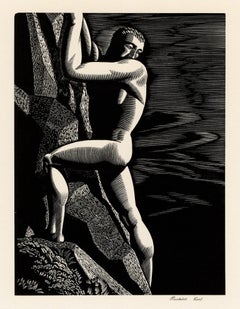American Modern Art
1930s American Modern Art
Paper, Charcoal
1930s American Modern Art
Paper, Charcoal
1980s American Modern Art
Lithograph
1930s American Modern Art
Etching
1950s American Modern Art
Paper, Screen
1930s American Modern Art
Woodcut
1940s American Modern Art
Oil
1940s American Modern Art
Oil, Board
1930s American Modern Art
Paper, Watercolor
1930s American Modern Art
Woodcut
1930s American Modern Art
Canvas, Oil
1980s American Modern Art
Screen
1940s American Modern Art
Graphite
1950s American Modern Art
Watercolor, Paper
1940s American Modern Art
Drypoint
1950s American Modern Art
Watercolor, Archival Paper
1960s American Modern Art
Offset
1930s American Modern Art
Woodcut
1940s American Modern Art
Screen
1940s American Modern Art
Charcoal, Ink, Watercolor
1930s American Modern Art
Lithograph
Mid-20th Century American Modern Art
Masonite, Oil
1930s American Modern Art
Paper, Charcoal
1930s American Modern Art
Lithograph
1920s American Modern Art
Silver Gelatin
1950s American Modern Art
Lithograph
20th Century American Modern Art
Photographic Paper, C Print, Color, Digital
1930s American Modern Art
Canvas, Oil
1920s American Modern Art
Canvas, Oil, Stretcher Bars
1940s American Modern Art
Lithograph
Early 2000s American Modern Art
Linocut
Mid-20th Century American Modern Art
Handmade Paper, Laid Paper, Etching
Mid-20th Century American Modern Art
Oil, Masonite
1950s American Modern Art
Ink, Graphite
1920s American Modern Art
Drypoint, Etching
1930s American Modern Art
Woodcut
1930s American Modern Art
Etching, Aquatint
1990s American Modern Art
Glass, Blown Glass
1930s American Modern Art
Etching
1940s American Modern Art
Lithograph
1960s American Modern Art
Offset
1960s American Modern Art
Offset
1930s American Modern Art
Canvas, Oil
1930s American Modern Art
Paper, Charcoal
Mid-20th Century American Modern Art
Paper, Ink
1920s American Modern Art
Lithograph
Mid-20th Century American Modern Art
Masonite, Oil
20th Century American Modern Art
Photographic Paper, Color, C Print, Digital
1930s American Modern Art
Paper, Pastel
1950s American Modern Art
Canvas, Oil
Mid-20th Century American Modern Art
Lithograph
1970s American Modern Art
Lithograph
1930s American Modern Art
Watercolor
1930s American Modern Art
Paper, Pastel
1970s American Modern Art
Offset
1940s American Modern Art
Canvas, Oil
Mid-20th Century American Modern Art
Paper, Oil Pastel, Gouache
1930s American Modern Art
Paper, Pastel
1930s American Modern Art
Canvas, Oil, Board
1930s American Modern Art
Bronze
